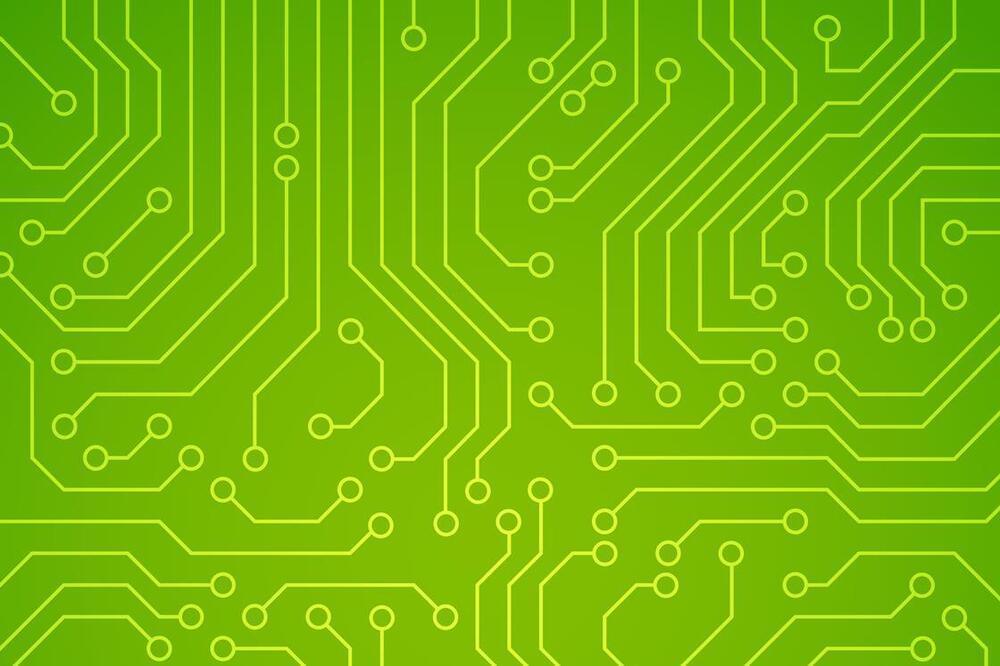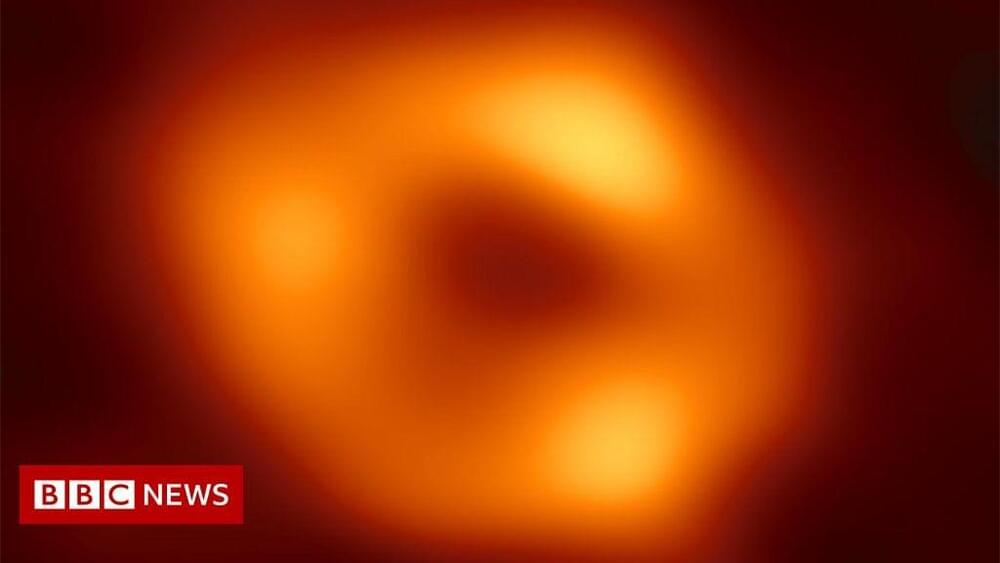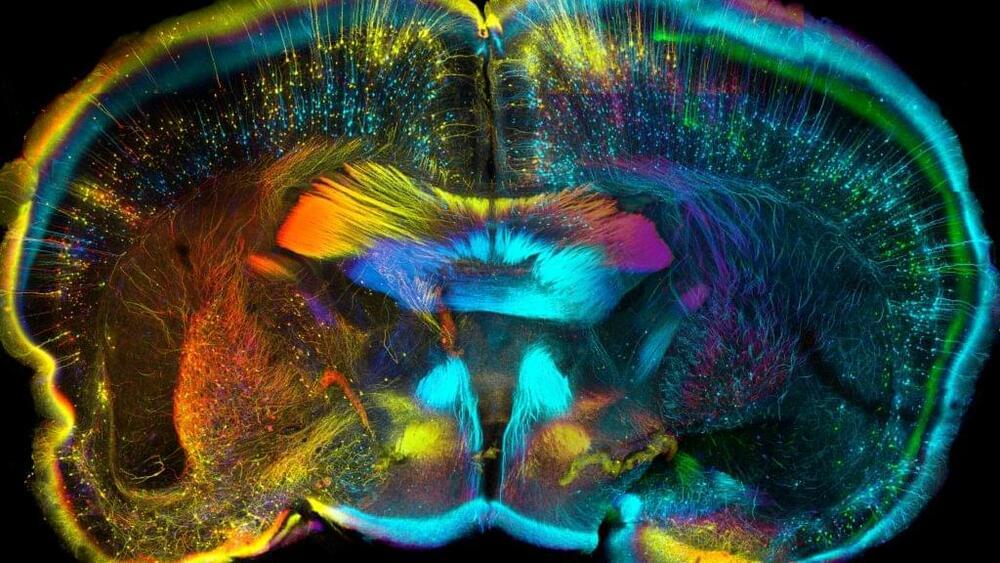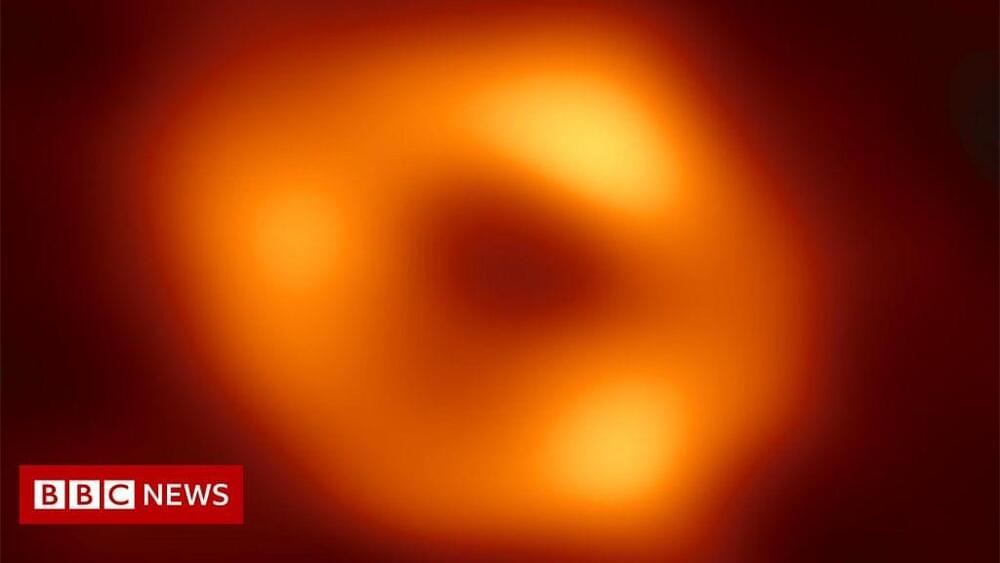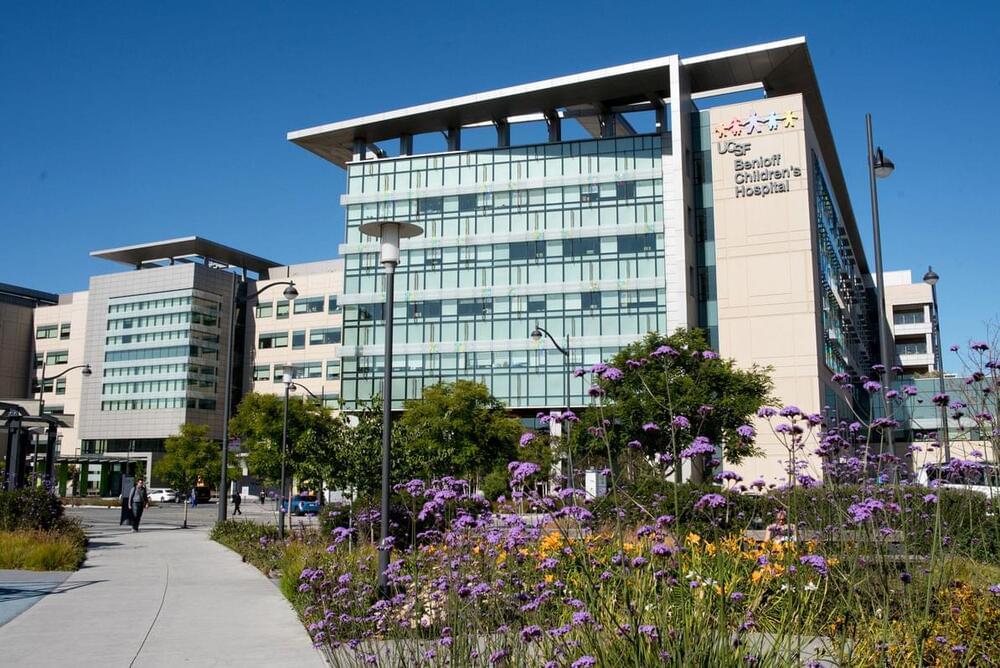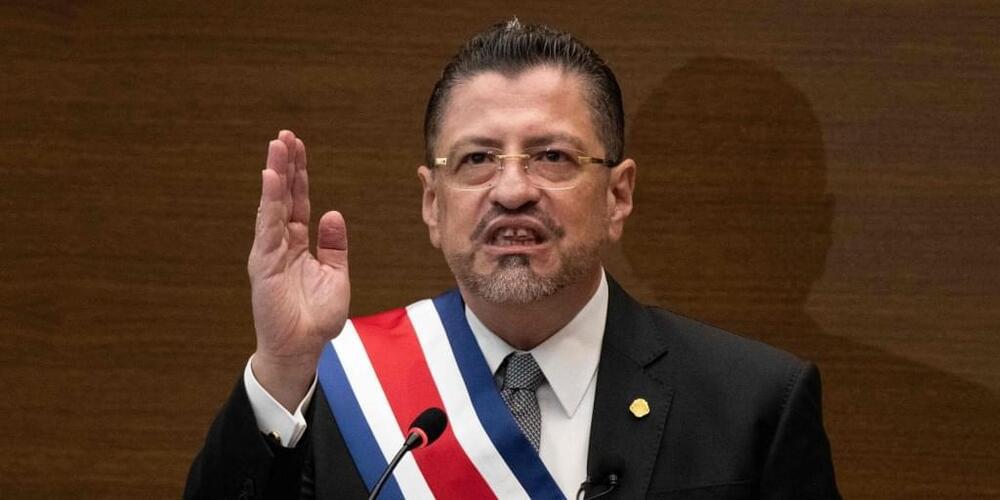The chemical composition and presence of metallic fragments also make lunar soil-less suitable for plant growth as compared to volcanic ash. However, the biggest takeaway from this experiment is still that scientists have somehow grown a plant in a soil sample taken from the Moon.
Emphasizing the importance of this result co-author and geologist Stephen Elardo said, from a geology standpoint, I look at this soil as being very very different from any soil you will find here on Earth. I think it’s amazing the plant still grows, right. It’s stressed, but it doesn’t die. It doesn’t fail to grow at all, it adapts.
The researchers also highlight that further research can enable us to know the ways plants can be efficiently grown on the Moon. Therefore, through related studies, we need to better understand how Earth plants interact with lunar soil.


